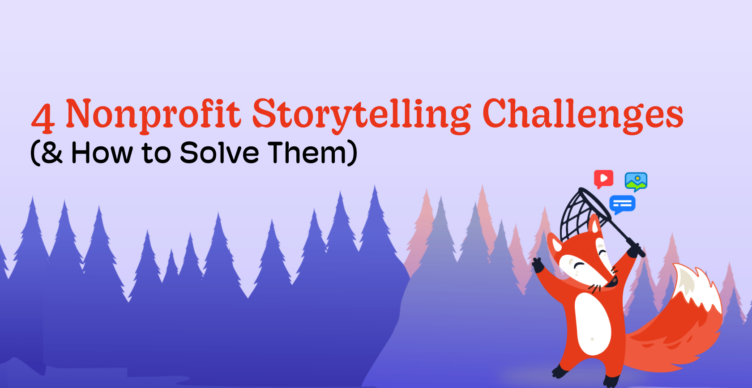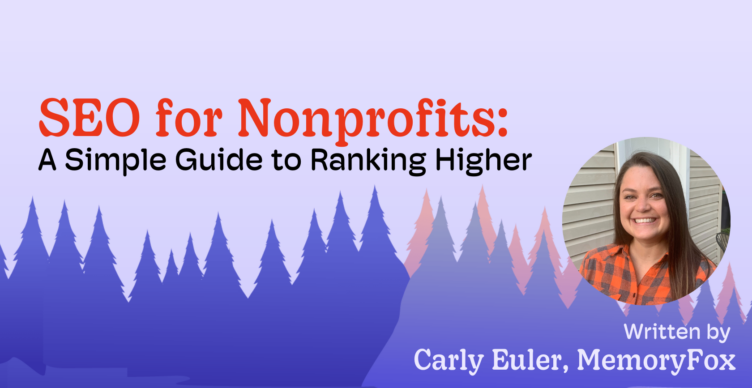Fundraising Tips
The 3 Most Important Strategies of Successful Campaigns
Capital campaigns are big, audacious projects that take a nonprofit’s operations to the next level of impact. They fund valuable investments in your capacity to serve constituents, like constructing new buildings, upgrading technology, launching new programs, and hiring additional staff.
They’re complicated and lengthy, no way around it, so there will be a lot to prepare for. But the capital campaign model also gives you helpful ways to break the entire process down into more approachable pieces.
For example, capital campaigns traditionally follow a phased structure that makes it easier to plan and execute the campaign in an organized, strategic way. But within these phases, what are the fundamental strategies and resources you’ll need to employ?
We want to share three of the most important strategic elements to keep in mind if you’re planning or preparing for a capital campaign:
A Compelling Case for Support
Here’s where your nonprofit’s story comes in. You already work to constantly hone how you explain your mission and connect with supporters, and these skills will be critical during a capital campaign.
A case for support is the core set of messages and arguments for why your capital campaign is worth supporting. Developed in the early days of campaign planning, the case lays out the specific things you’re raising money for, how much they’ll cost, and the positive impact that success will have on your organization, constituents, and broader community.
You’ll then use your case for support to anchor all your subsequent messaging. Based on your case for support, create the constellation of other materials, like brochures, videos, fundraising letters, press releases, and more that will surround your campaign as it progresses.
Above all, a case for support must be compelling, emphasizing impact and urgency. If you can develop an effective case for support, you’ll automatically infuse the rest of your campaign with compelling messaging and set yourself up for success.
A Plan to Involve Stakeholders
Engaging your donors with your campaign is essential. You’ll be making big asks of them, and these are long campaigns (usually lasting around 3 years or longer).
Giving your stakeholders a sense of shared ownership in your campaign will help boost fundraising results and maintain momentum and energy. It gives you a headstart on the stewardship process, too, by deepening the ties between donors and your organization.
During the campaign, look for opportunities to ask your major donors and prospects to:
- Participate in your feasibility study
- Provide feedback on drafts of your case for support
- Serve on a planning committee
- Host small fundraising events
- Coordinate your kick-off and finale events
- Make introductions to new donors or sponsors
Going the extra mile to involve your donors will put your money where your mouth is, so to speak, and back up the claims you make in your case for support—your campaign is a big, important project that drives serious impact, and you need all hands on deck.
This strategy applies internally, too. Getting board member buy-in is a common early challenge faced by capital campaigns, and you can also address that by increasing board involvement in the planning and early phases of the campaign as it takes shape.
A Gift Range Chart
Capital campaigns are among the most efficient ways to fundraise large sums because they follow a strategic order of solicitation. Start with your biggest asks from just a couple of your most qualified major donors, then ask for smaller gifts from larger segments of donors.
A gift range chart or donor pyramid is a resource that lays out this pyramidal fundraising strategy. Here’s an example:
Here you can see that the single largest or lead gift makes up 20% of the total fundraising goal. As you go down the chart, the number of gifts increases as the ask amount decreases. For most campaigns, the top 10 gifts make up at least half of the total goal.
Develop a gift range chart as soon as you’ve finalized your capital campaign’s working goal.
This invaluable resource gives you a fundraising roadmap and allows you to focus on securing the most impactful gifts first. And with a gift range chart in hand, you’ll be able to identify prospects for gifts at each level. That simple process will give you a clear plan of attack for your campaign.
These fundamental strategies can make the difference between an efficiently run capital campaign and a long, sprawling project that drains your team’s resources and energy.
Start by understanding how capital campaigns work. Then hone your story, emphasize engagement and involvement, and develop the logistical resources you’ll need to keep your campaign on track. It’ll be a big undertaking, certainly, but one that takes your nonprofit to the next level of positive impact.

About the Author
Amy Eisenstein
CEO & Co-Founder, Capital Campaign Pro
Amy Eisenstein, ACFRE is CEO and Co-Founder of Capital Campaign Pro. Her published books include: Major Gift Fundraising for Small Shops, Raising More with Less, and 50 A$ks in 50 Weeks. She became a Certified Fundraising Executive (CFRE) in 2004 and received the ACFRE in 2013. For more information and free resources visit CapitalCampaignPro.com.




